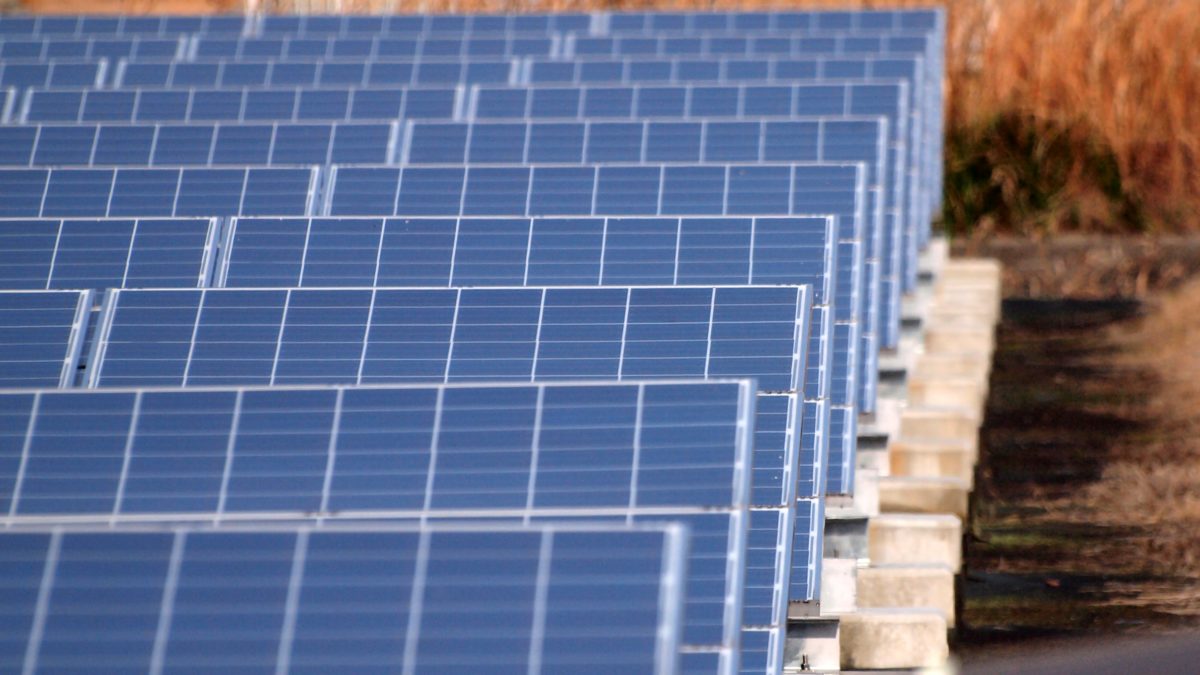From pv magazine France.
Is it possible to anticipate the energy losses of a PV plant? The new energy technologies and nanomaterials (Liten) branch of the French Alternative Energies and Atomic Energy Commission is working on an algorithm intended to quantify energy waste in large scale solar projects from the moment rays of light hit the panels until electricity is fed into the grid.
The algorithm, which should be available in the middle of next year, is being developed at the request of solar park operators. By identifying potential loss-making defects in modules, cables and inverters, PV plant operators should be able to optimize maintenance and increase yield and margins.
To develop the software, Liten is analyzing the operation of projects tendered by France’s Energy Regulatory Commission since 2012. “The ambition is to use as many different power plants as possible, depending on location, age, technologies and more factors,” a laboratory representative told pv magazine, adding the algorithm will be made available only to licensees.
The software is intended to enable the production of ‘loss diagrams’ for accurate diagnosis of plant operations. Using the diagrams, it will be possible to follow the deterioration occurring in a plant over time, in addition to quantifying losses due to the natural aging of installations.
Liten hopes the software will also eventually improve the calculation of the levelized cost of energy from planned facilities to enable investors to better judge the economic viability of projects.
This content is protected by copyright and may not be reused. If you want to cooperate with us and would like to reuse some of our content, please contact: editors@pv-magazine.com.



I think the project is a good idea.